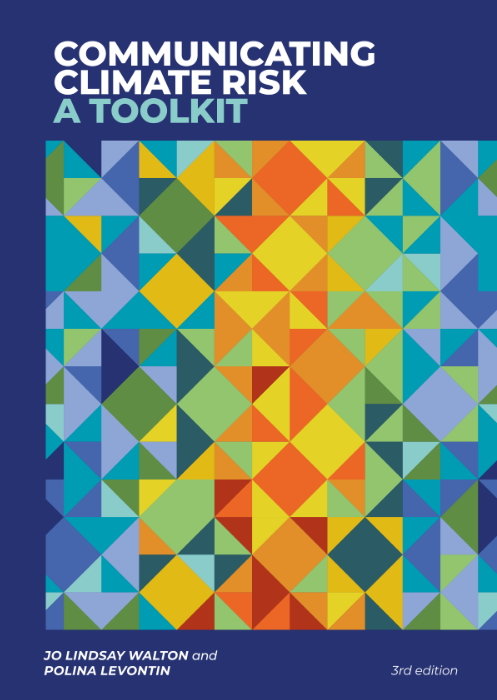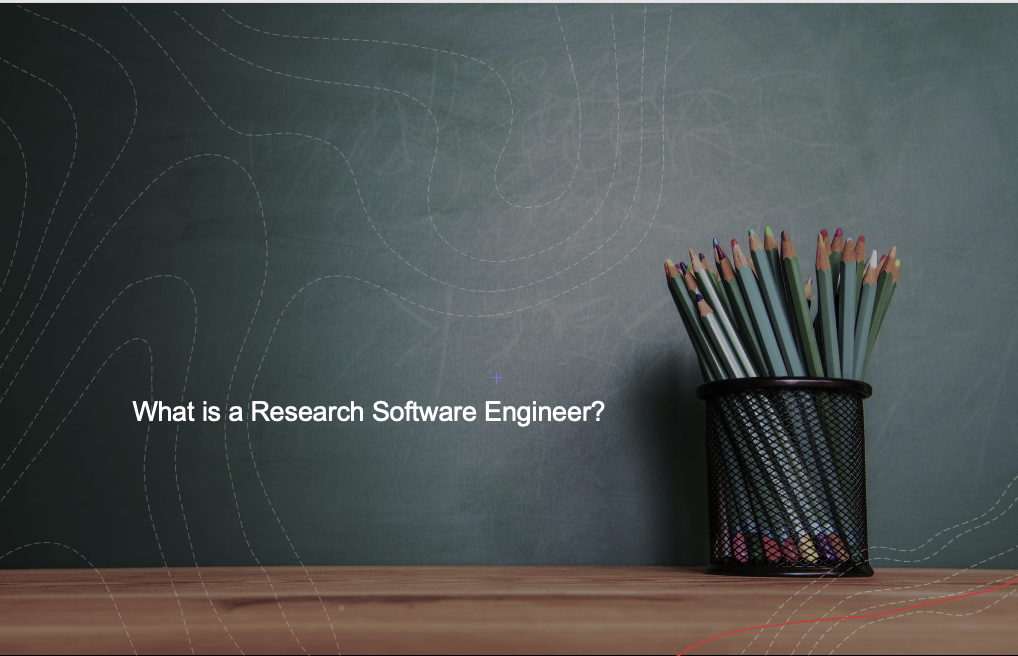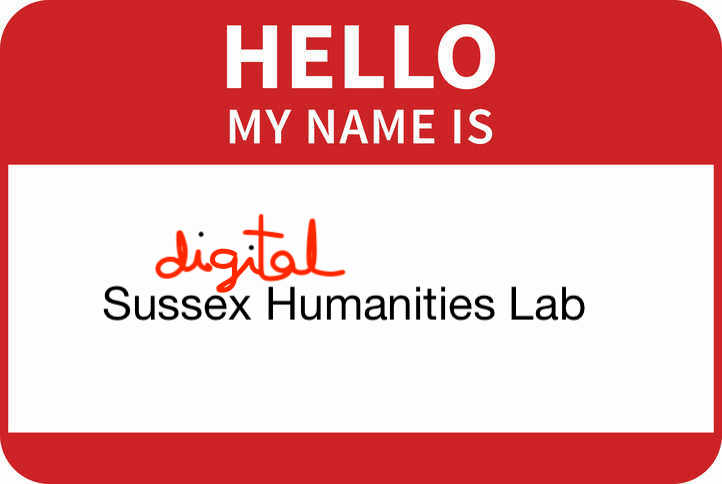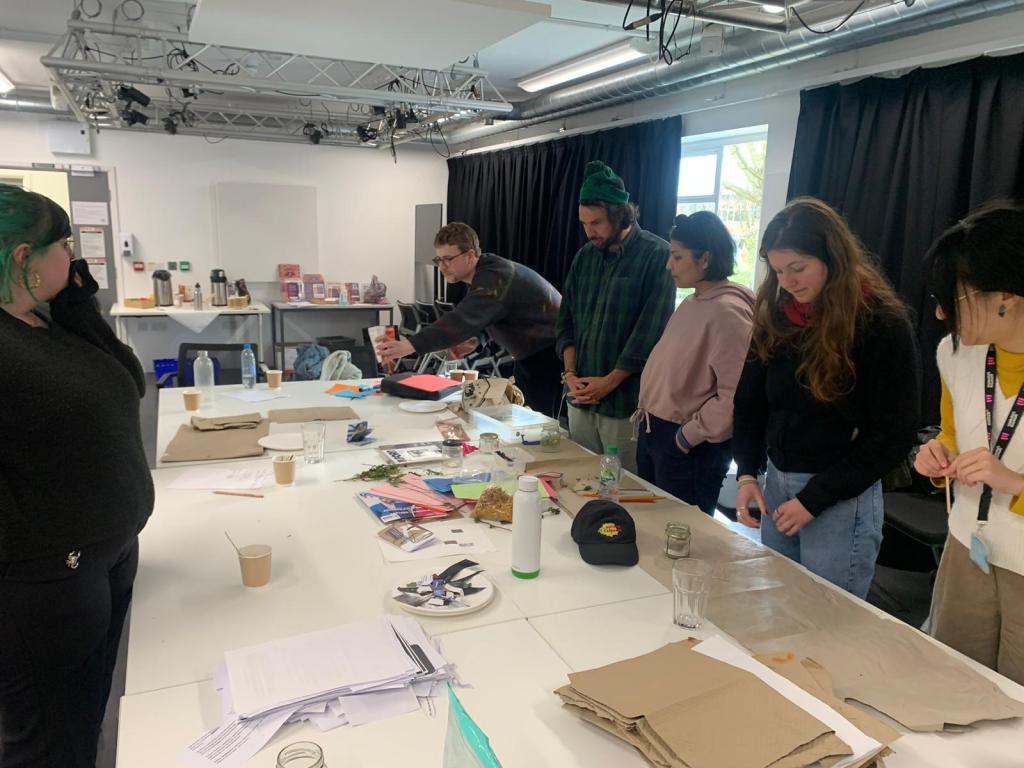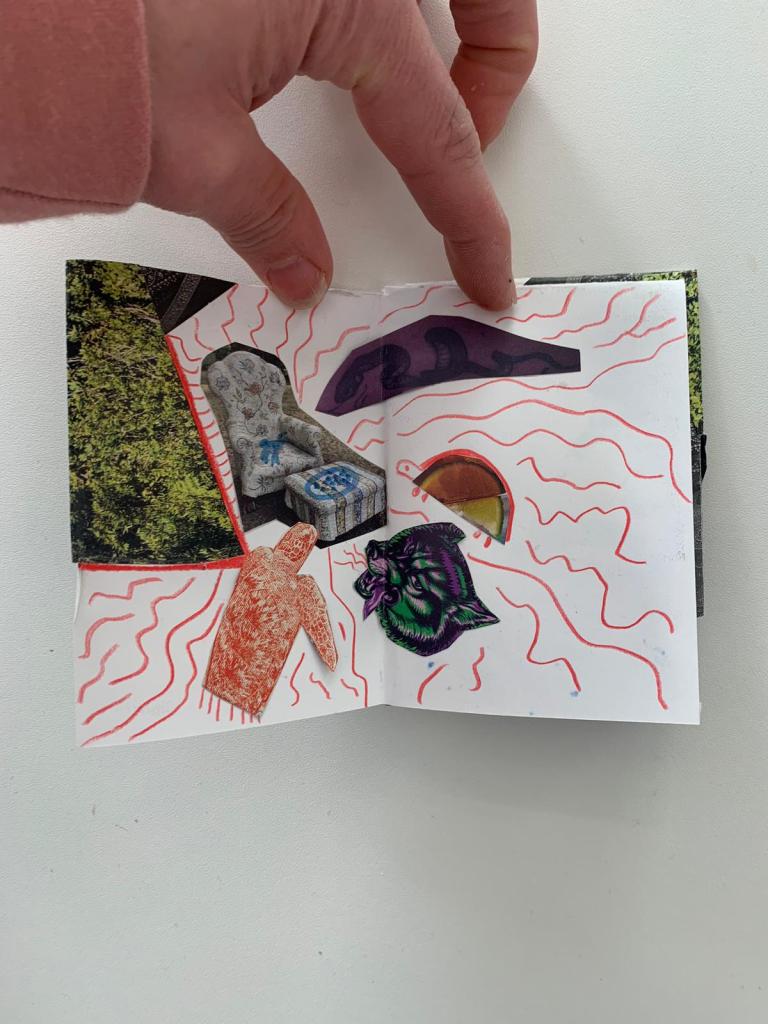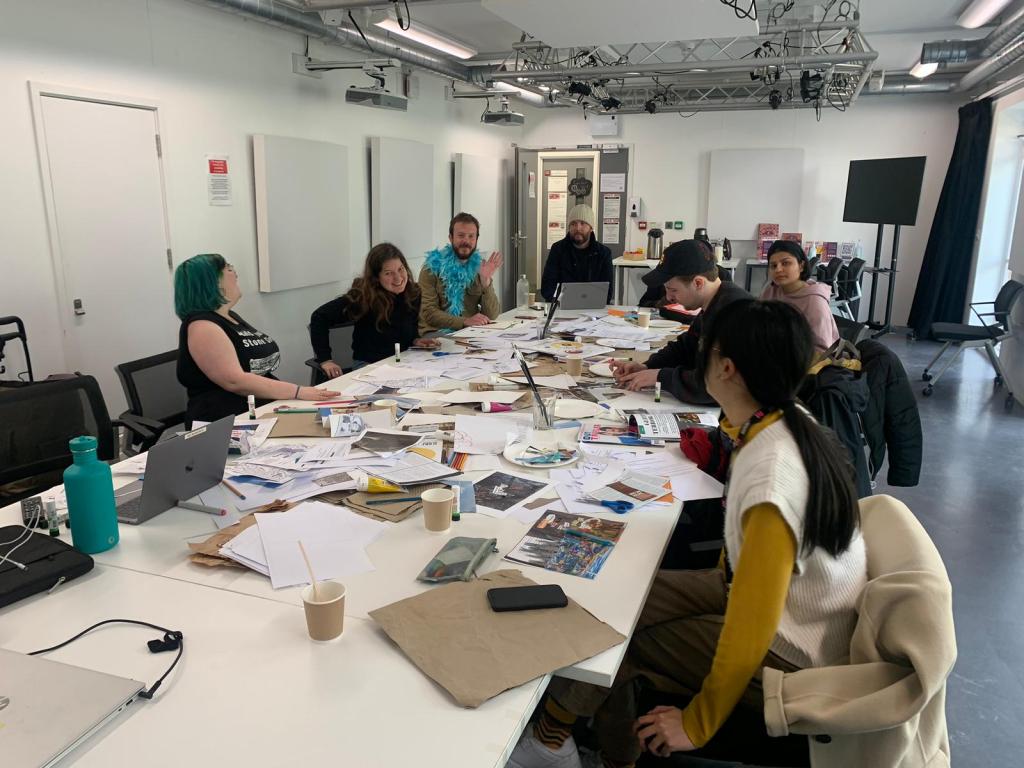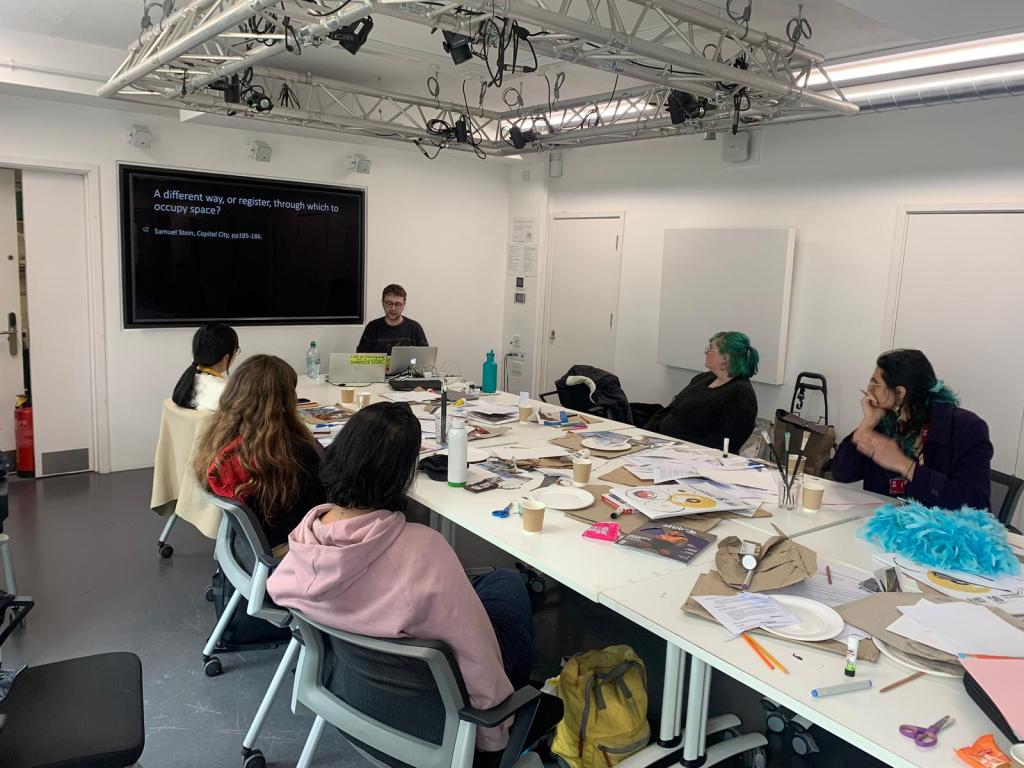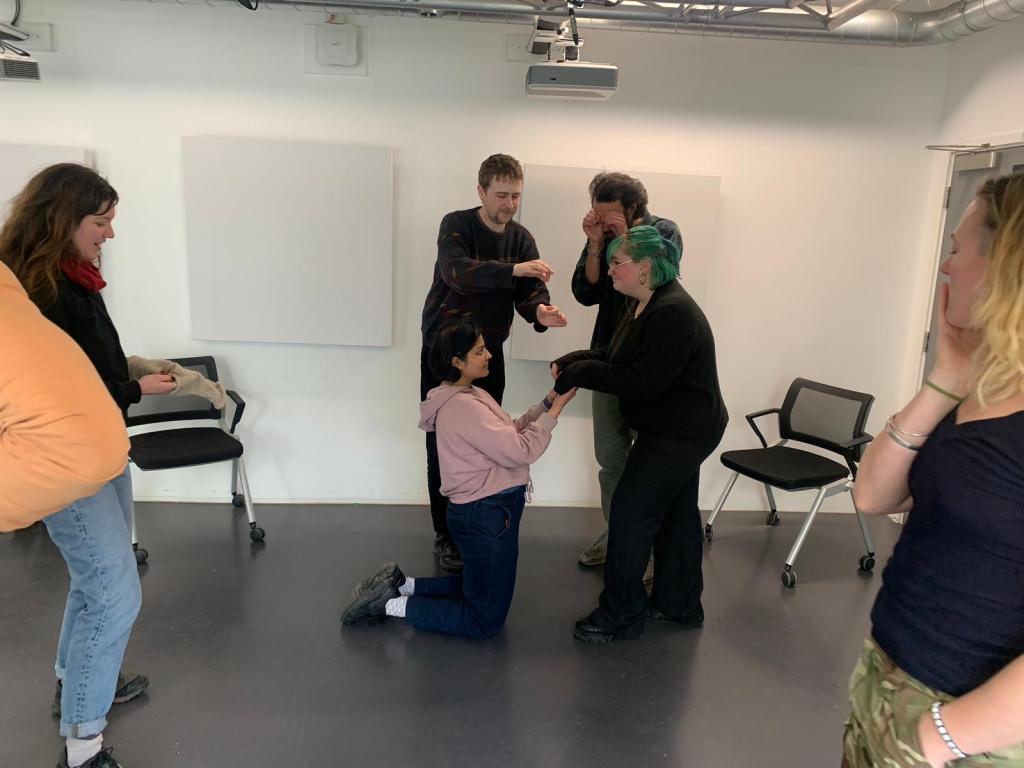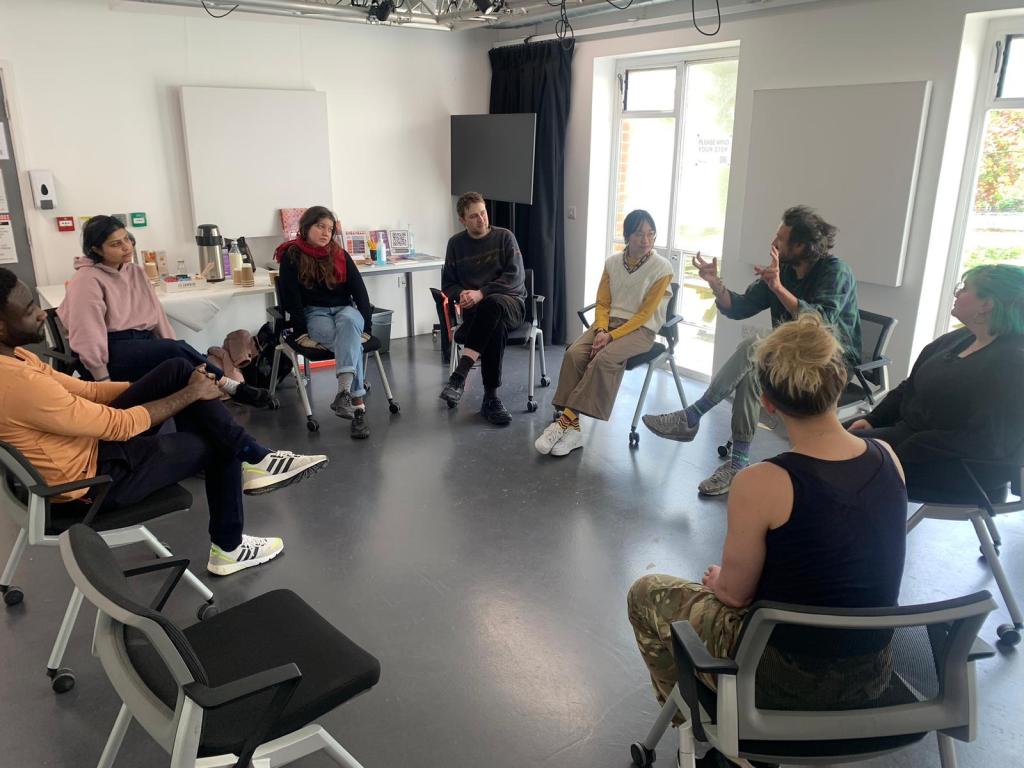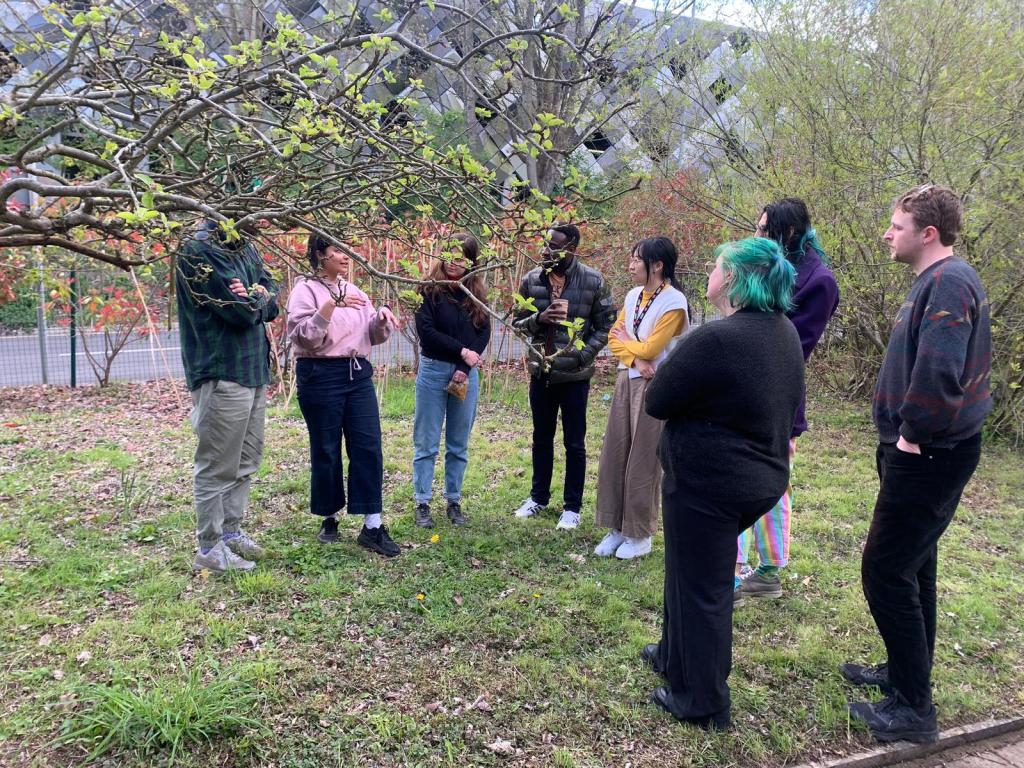Would you like a website of your own, or to revamp your existing website?
Would you like to make your website greener, so that it hardly contributes at all to climate change?
Would you like to understand more about how websites are built, and pick up some basic coding skills?
If you answered yes to any of the above, then this workshop could be for you. Over 2 days, you’ll create your own website, using our free low carbon website building platform. If you come with text and images ready to go, the whole website should be ready to go by the end of the second day.
Once you have finished your website, it will be hosted for free on a server powered by renewable energy. The only costs your website will incur will be the domain name and a CDN where videos and images will be stored. You can choose your own providers for these, or we will offer suggestions. (SHL Digital can also provide small grants to participants, to cover you for the first 2-3 years at least).
The workshop will be led by two folk from Fast Familiar, who created the platform and will be there to support you with the process every step of the way.
Where will the workshop happen?
19 June: University of Sussex Campus (closest station Falmer), in the Sussex Digital Humanities Lab, Silverstone Building
26 June: University of Sussex Campus (closest station Falmer), room TBC
When will the workshop happen?
19 June, 10:00-16:00 (lunch provided)
26 June, 10:00-16:00 (lunch provided)
How do I sign up?
You can apply to participate here.
What do I need to bring?
Please bring with you as much as you can of the text for the website pages you want to create, and the images and videos you want to use. As there is a week between the two days of the workshop, don’t worry if you don’t have all the text and images with you that you will eventually need, as you can write it in between day 1 and day 2. It would probably be helpful for you to bring your own laptop to work on, as that will be what you will use to edit the site later.
Below is some information about why we built a low carbon website builder and why it matters:
Why do low carbon websites matter?
These days, every artist, creative or organisation needs a web presence – it’s how we communicate what we do, demonstrate track record or legitimacy, and make ourselves available to be offered work.
Platforms like Squarespace, WordPress and Wix have made it possible for people without coding skills to build their own site – which is great. Often these platforms have capacities or affordances built into them that we don’t use if we’re basically just looking to put a portfolio of work and contact details online. These affordances and other aspects of the off-the-peg solutions mean that the site is using more energy than it needs to – which means the server it sits on and the devices of the people accessing it are using more electricity than they need to as well. Currently not all of our electricity comes from renewable sources, so this means the site is contributing to climate change.
The impact of digital activity on climate change is often less obvious than something like driving a car or heating your house with a gas boiler because the activity takes place thousands of miles away, on server farms, many of which are in ‘Data Center Alley’ in Virginia, a state powered by fossil fuels.
You might be reading this thinking, ‘my tiny website is a drop in the ocean compared to aviation/ international shipping/ the activities of fossil fuel giants like BP and Shell’ or ‘a carbon footprint is a made-up thing, a concept invented by aforementioned fossil fuel giants to make climate change an individual problem, rather than something they take responsibility for.’ You’d be right on both counts.
FF absolutely recognises the need for structural change, regulation, investment in new technologies and other ‘big picture’ interventions. But that doesn’t mean we don’t also want to reflect on how the choices we make contribute to climate change – and how we could take climate action instead. (In one of the interviews we did for a past project, The Networked Condition, artist Memo Akten talks about his thoughts on individual responsibility in a far more articulate way than we could.)
So we’ve been working on a tool to let artists, creatives and small organisations build a website which doesn’t contribute to climate change.
FAQs
How have you made it zero-carbon?
In a nutshell, 100% of the electricity used in the process of building and hosting the site is from carbon neutral sources, e.g. wind or hydro-electric.
The website builder itself is really lightweight and can be hosted on micro-servers – these are smaller servers that use a fraction of the typical energy a server would use, so building and hosting the sites takes less electricity, plus we’ve chosen providers where 100% of that electricity is green.
We’ve also only used third-parties who are verifiably carbon neutral and have committed to sustaining neutrality or carbon negative practices. If you are interested, these are Hetzner and Microsoft.
It’s all very well getting your own house -or site- in order but you don’t have any control over what electricity the visitors to your site are using for their device and router. So the websites that the site builder makes are ‘static websites’, which means that visitors to the site use less bandwidth (and therefore less electricity) to view them. Static here doesn’t mean that you can’t have moving things and videos, it means your site is a bunch of code which doesn’t require fancy databases or a responsive server.
You say it’s a prototype – what happens if I put a load of work into using it to build a site and then you discontinue it, will I lose all my work?
Not at all, our site builder is built to be data-redundant, we just provide a user interface to make editing the files easier. Behind the scenes the site builder uses an open-sourced website framework called Jekyll, paired with Github Pages for hosting. If we discontinue the website builder, your website will continue to work on Github Pages and you can still edit files there.
Why is it free? Where’s the catch?
There isn’t one – honestly. It’s free because it should be and because we’re lucky enough to have an arts funder in this country who supported its creation (Arts Council England).
What do Fast Familiar get out of it?
Nothing. It’s something we wanted to make happen.
I’m really not a technical person, will I be able to use the tool?
We’ll be honest, it is more complicated to use than an off-the-peg solution – because we haven’t had the funding to build a slick user interface. BUT that is why we are running the workshops, to help you through any bits that are slightly less intuitive. And, as a bonus, you will learn a little bit about basic coding along the way.
Are there tutorial documents?
Yes there are, which means that when you want to tweak things after the workshops, there will be the information easily available to do the things you want to do.
Will my site look like everyone else’s who uses the tool? I’m a unique iNdIViduAL you know.
No, the tool lets you use a range of different themed templates. If you’re more confident with coding, you can also significantly adapt these themes to suit your needs, but we hope that even without that, everyone should be able to find a theme that suits them.
Yeah, but you haven’t answered my question, I have a different question
Drop an email to Dan and Jo at dan(at)fastfamiliar(dot)com and j(dot)c(dot)walton(at)sussex(dot)com.
